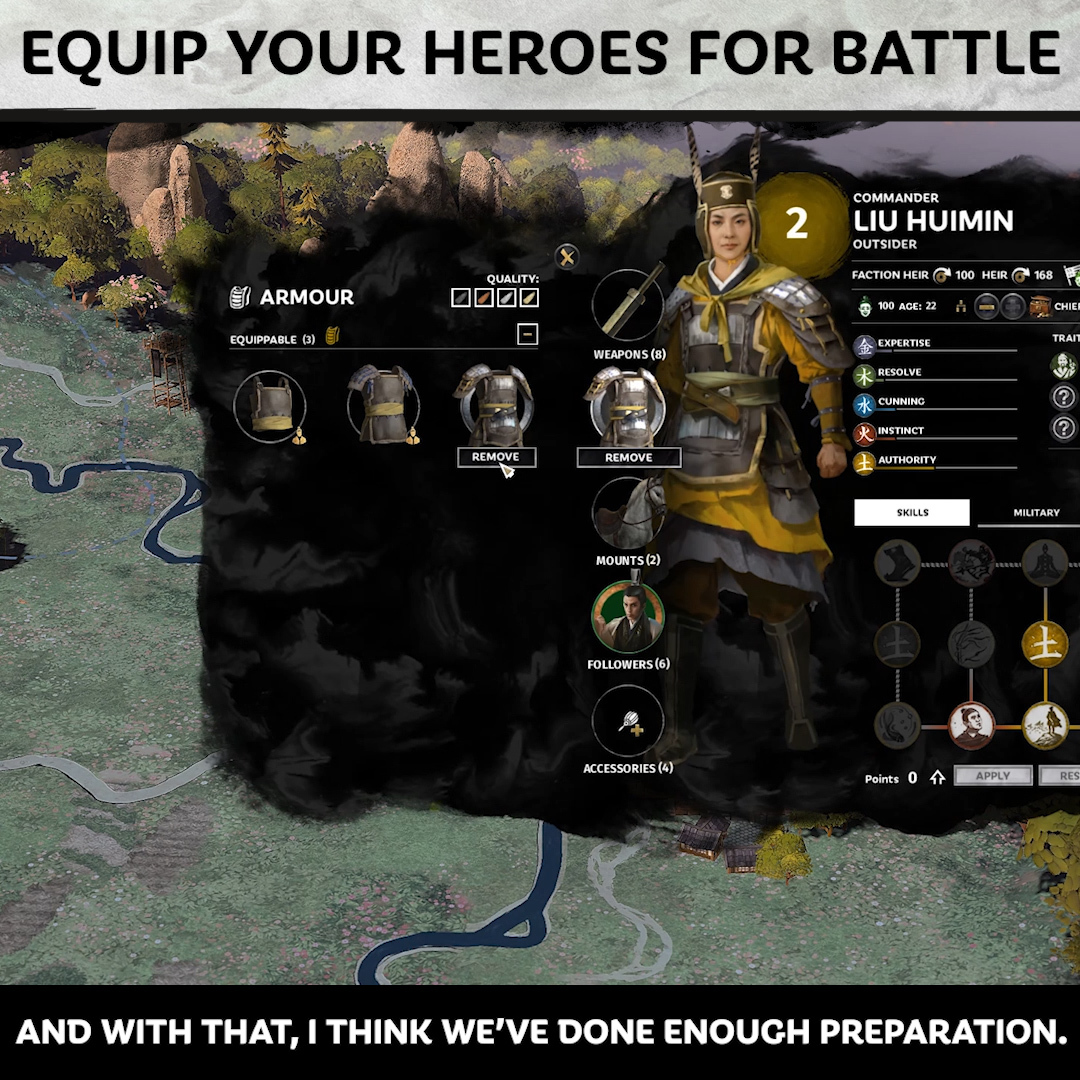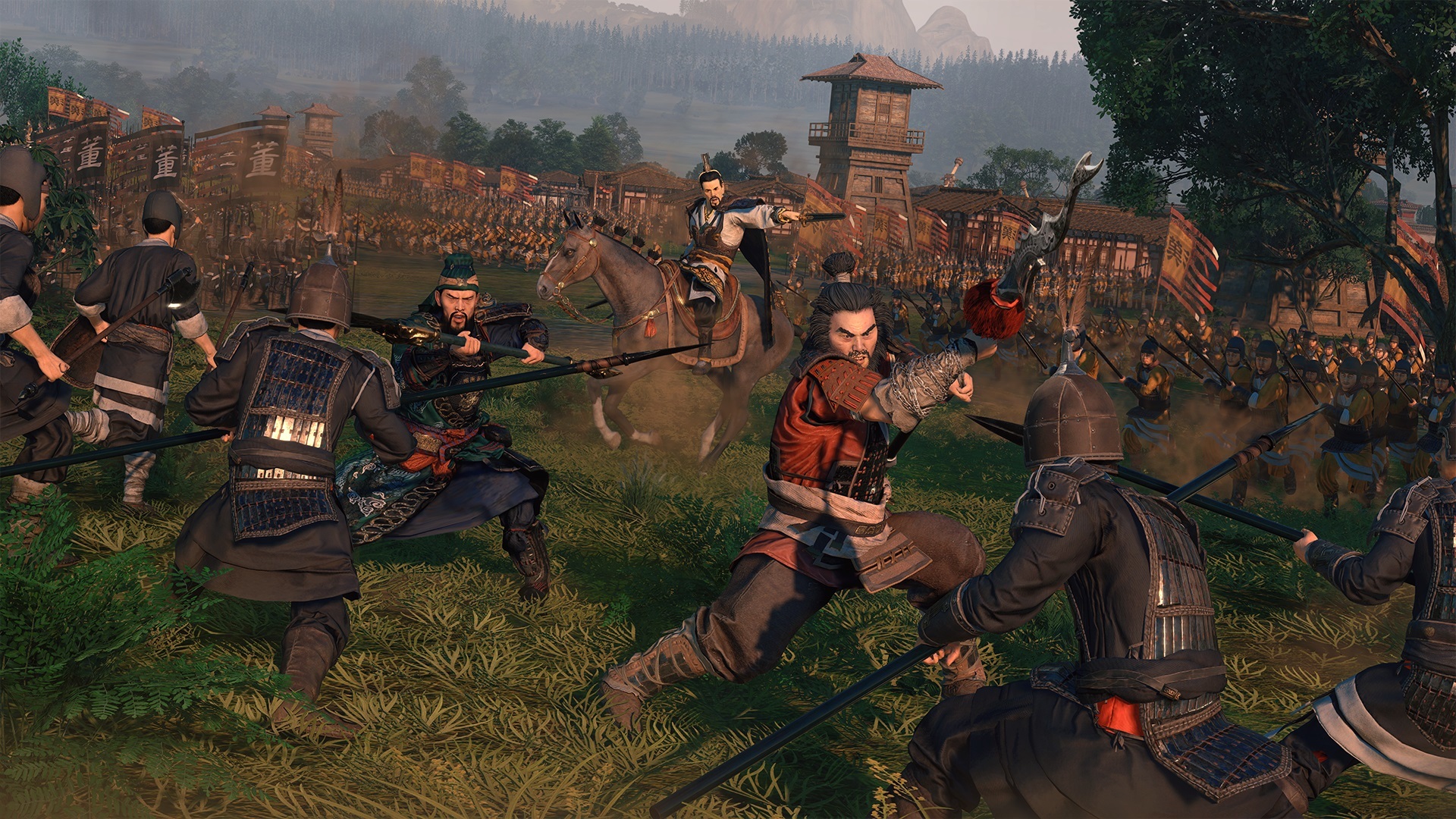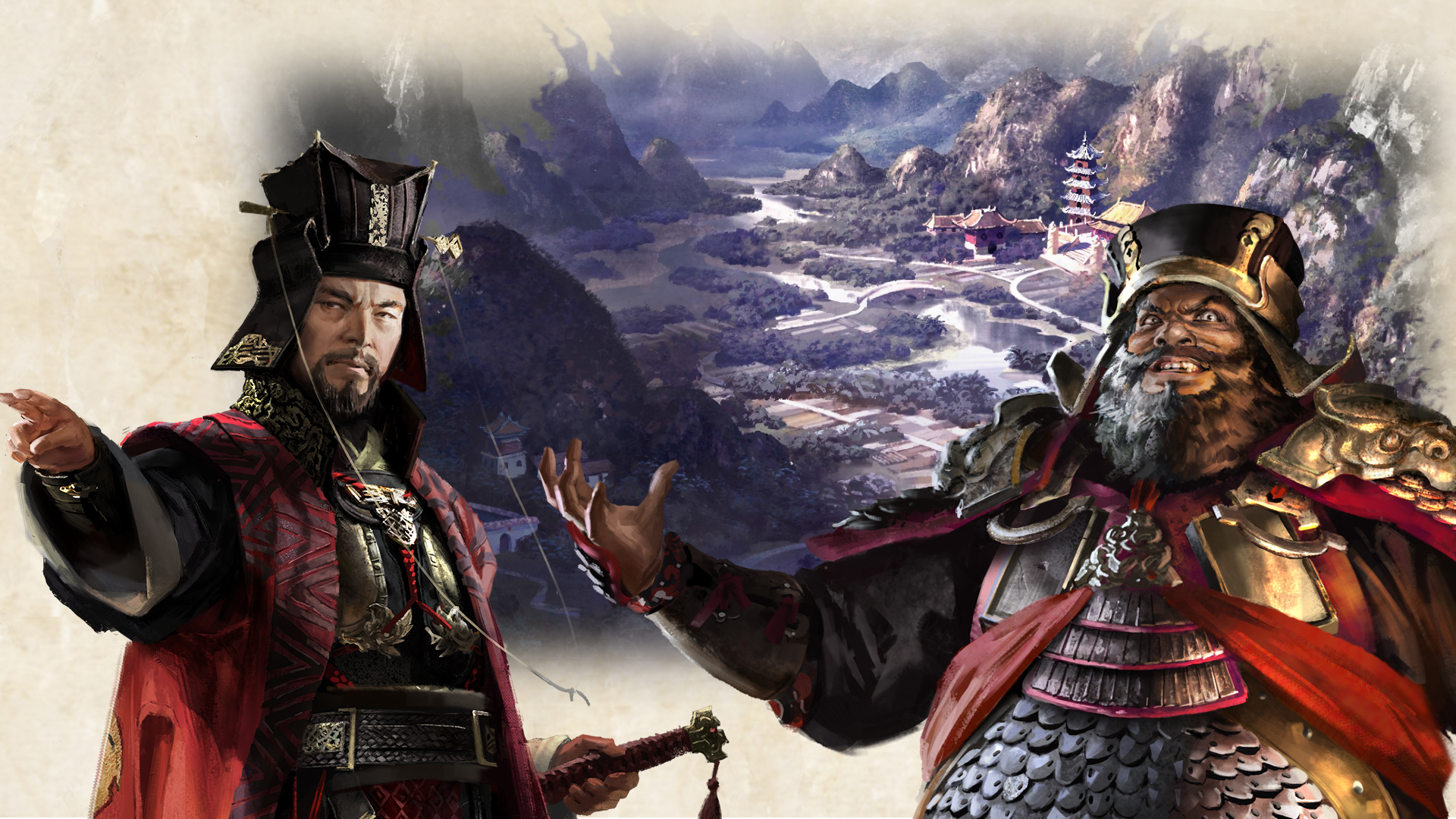
And if you want to see more of Yuan Shao, we’ll be playing as him live on Wednesday on Total War Live via our Twitch channel.















Once about people in the aggregate, Total War is increasingly a series about the antics of individuals. There’s something of the slippage from RTS to MOBA in how Creative Assembly has edged towards a more intimate breed of strategy, built around asymmetrical relationships between overdressed oddballs rather than mere economic considerations or the splash of army on army. Total Warhammer is the obvious play-maker there, with its vast archive of Games Workshop celebrities, but in Total War: Three Kingdoms, we may have reached a new tipping point. Where even Twarhammer’s crusty old lords and heroes are more structuring devices or combat specialists than characters, Creative Assembly’s latest often feels like the stabbier kind of daytime TV.


If you've shown even the vaguest interest in a Total War game before you'll know that authenticity, as nebulous a term as it can be, is really quite important - to the games and the developers as much as the players. But honestly I wonder if that's missing the point. People care about authenticity in their cannon sizes and unit descriptions, their taxation levies and upkeep costs - "the pure historical collection or list of different faction leaders, different officials, number of soldiers, operations - all the hard facts," as Game Director Janos Gaspar put it to me, when we first spoke during our battles preview last year - and sure, I like a properly proportioned phalanx as much as the next anorak. But I don't think that's the point of a Total War game.
The point of playing Total War is to feel authentic when you're playing it. To feel like you're there, in that nice little vertical slice of time, and that every decision you take feels real. For that you need more than numerical, quantifiable authenticity; you need understanding - of the period and the culture, not just of what it is to be leading an army in third century China but what it means to be leading an army in third century China. In playing a roughly three-hour chunk of Total War: Three Kingdoms' campaign - and in talking at such length with Gaspar and Lead Designer Simon Mann, both last year and again last week - I think that's something they might just have finally cracked.
If you've been swatting up, you'll know that for the first time there are two distinct ways of playing the campaign in Three Kingdoms. There's the Records mode, which is 'classic' historical Total War based on Rafe de Crespigny's big, factual tome, with regular-sized generals surrounded by bodyguards and so on, maybe with the odd inspiring shout. Then there's the Romance mode, based on the Romance of the Three Kingdoms historical novel, which adds a sprinkle of Warhammer-esque fantasy to the battlefield with larger, stronger generals and faction leaders as veritable heroes - "a kind of, almost demigod hero, who's able to kind of swipe enemies away with a flash of his special ability," as Mann puts it. It's Romance mode that I've played both times so far, and really it's Romance that feels like the mode Creative Assembly wants to place front and centre, which I was curious about.

